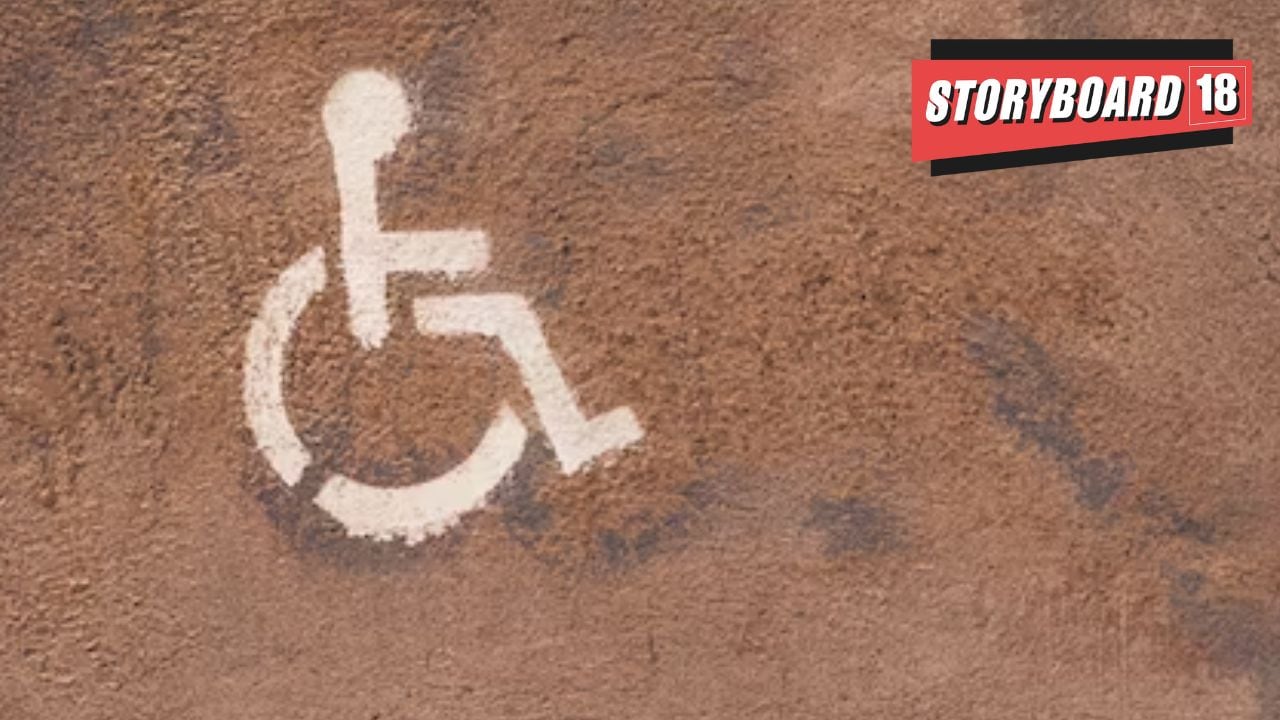The Ministry of Information and Broadcasting (MIB) is ramping up its inclusivity efforts with a focus on various industry dimensions. The ministry has not just added accessibility guidelines in the draft Broadcasting Services (Recommendation) Bill, 2023, to facilitate representation of the disabled in the content industry but is also committed to coming up with an animation, visual effects, gaming and comic (AVGC) policy before the end of the year.
The inclusivity ambit for MIB encompasses women, specially-abled individuals and those residing outside the metros and tier 1 cities.
The new policy
“We are currently developing the AVGC policy, exploring the introduction of animation courses at the school level to harness untapped potential, providing employment opportunities beyond studios in places like Mumbai or Bangalore,” MIB secretary Apurva Chandra told Storyboard18 in an exclusive interview.
In this year’s budget announcement, Finance Minister Nirmala Sitharaman also revealed the formation of a task force for the AVGC
industry.
“Engaging with representatives and secretaries from the departments of education, skilling, employment and commerce, and DPIIT (Department for Promotion of Industry and Internal Trade) and various industry stakeholders, we found out that the AVGC sector, which contributes nearly 5 percent to the global animation market, has a lot of room for further growth. To address the main challenge of skilled manpower, the Department of Education and Department of Skilling have been actively involved. This policy aims to leverage visual designing skills, offering employment prospects even in remote locations,” the secretary said.
He also said that the ministry hopes to come up with the policy this year itself.
Accessibility guidelines for person with disabilities
As per the draft recommendations of the proposed broadcasting bill, every person with disability is entitled to access programmes, platforms and equipment of broadcasting services in a form accessible to such persons.
The guideline also urges every broadcasting network operator and broadcaster to make their programmes, platform and equipment accessible for persons with disabilities.
“Broadcasters or broadcasting network operators may be required to take certain mandatory measures under the Accessibility Guidelines and endeavour to take certain directory measures to make broadcasting services incrementally more accessible,” an excerpt from the ministry issued draft said.
Supplementing video programmes with subtitles of, supplementing video content with audio descriptions for the blind, translating audio content of videos, where appropriate, into sign language are also some of the highlights of these guidelines.
These guidelines also extend to OTT broadcasting service providers who are asked to use applications that are accessible to persons with disabilities.
The guidelines may also specify a certain percentage of programmes that all broadcasters must make accessible in accordance with the accessibility guidelines, said the draft.
The bill also provides for designation of a disability grievance redressal officer appointed by the government to address complaints of contraventions of the accessibility guidelines and establishing mechanisms to enable any person with a disability who is unable to access the programmes, platform or equipment of a broadcasting service to file a complaint.
“Inclusivity is very important. We are working on the accessibility guidelines to make the content that is available becomes accessible to individuals facing challenges in hearing or vision,” Chandra said.
The MIB is also collaborating with the Department of Empowerment of Disabled Persons and the entertainment industry, with their focus extending beyond regulation.
“We aim to establish forums where accessible content reaches its intended audience, ensuring a mutually beneficial experience for both the content consumers and the creators,” Chandra added.
